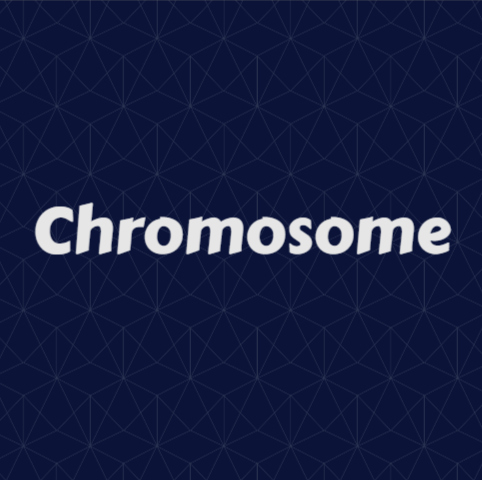A chromosome is a structure found in cells that is made up of a long strand of DNA, which is the genetic material that contains the instructions for the development and function of all living organisms. Chromosomes are found in the nucleus of eukaryotic cells and play a crucial role in the cell cycle, replication, and transmission of genetic information. Chromosomes are tightly coiled, compact structures that can be seen under a microscope during cell division.
The DNA in chromosomes is organized into segments called genes, which contain the instructions for making proteins and other essential molecules for life. Proteins play a critical role in many cellular processes, such as regulating the activity of other genes, maintaining the structure of the cell, and transporting substances across the cell membrane. Genes are arranged linearly along the chromosome, and the specific order of genes along the chromosome determines the unique characteristics of each organism.
Chromosomes come in different shapes and sizes, and the number of chromosomes in a cell varies between species. In humans, there are 46 chromosomes, which are divided into 23 pairs. One chromosome in each pair is inherited from the mother, and the other is inherited from the father. This means that each cell in a human contains two copies of each gene, one from each parent.
There are two main types of chromosomes: autosomes and sex chromosomes. Autosomes are chromosomes that are the same in both males and females and carry information for the development of many traits and characteristics, such as eye color, height, and blood type. Sex chromosomes determine an individual’s gender and determine whether a person is male or female. In humans, females have two X chromosomes, while males have one X and one Y chromosome. The Y chromosome contains the gene responsible for the development of male characteristics.
Chromosomes can be visualized under a microscope when a cell is dividing. During this process, the chromosomes condense and become visible, allowing scientists to study their structure and organization. The process of cell division is crucial for the growth and reproduction of cells, as well as for the repair of damaged tissues.
Chromosomal abnormalities can occur for various reasons, such as errors during cell division, exposure to certain chemicals or radiation, or mutations in the DNA. Chromosomal abnormalities can lead to genetic disorders and birth defects, such as Down syndrome, which is caused by an extra chromosome 21, or Turner syndrome, which is caused by the absence of one X chromosome.
In conclusion, chromosomes play a critical role in the storage, expression, and transmission of genetic information. They are integral components of cells and are responsible for determining the unique characteristics of each organism. Understanding the structure and function of chromosomes is crucial for understanding the genetic basis of inheritance and for developing new treatments for genetic disorders.





Leave a Reply
You must be logged in to post a comment.